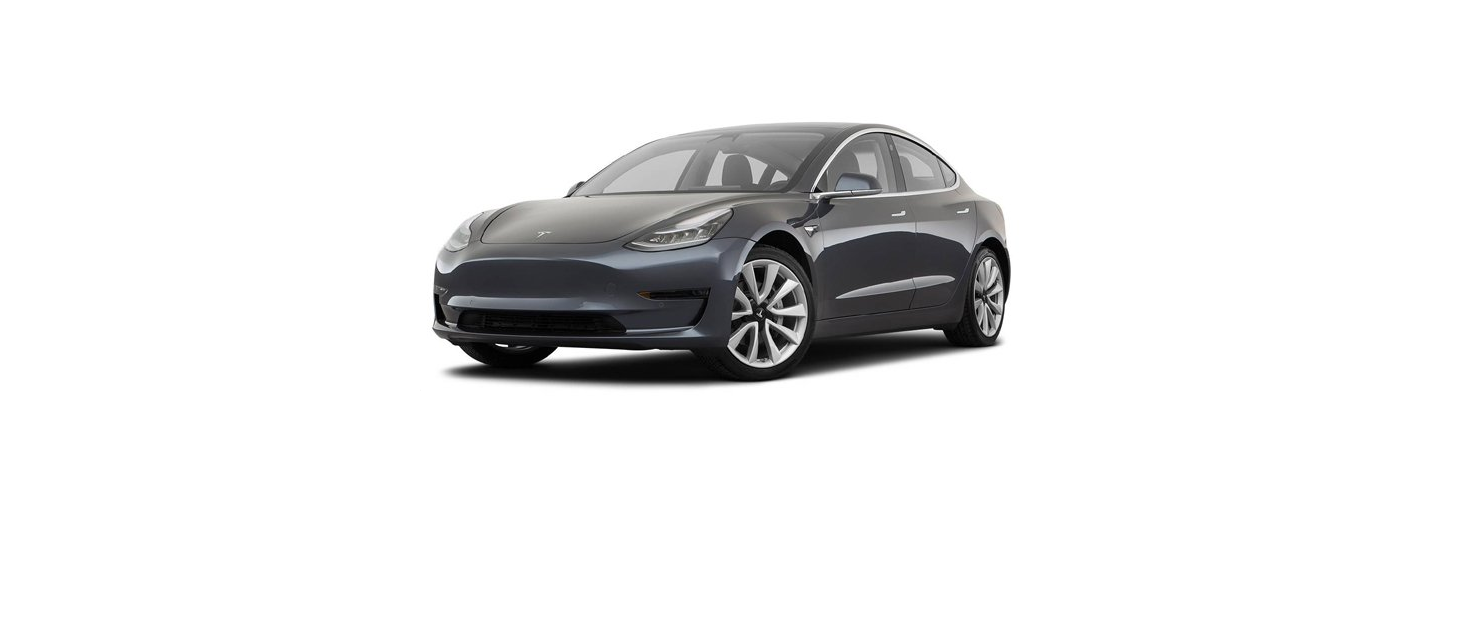2021 Tesla Model 3 Radio Regulatory Compliance
FCC and IC Certification
| Component | Manufacturer | Model | Operating Frequency (MHz) | FCC ID | IC ID |
|---|---|---|---|---|---|
|
B-Pillar Endpoint |
Tesla |
1089773E |
13.56 2400-2483.5 |
2AEIM-1089773E |
20098-1089773E |
| Center Console | Tesla | 1089774 |
13.56 2400-2483.5 |
2AEIM-1089774 |
20098-1089774 |
|
Rear Endpoint |
Tesla |
1089775 |
2400-2483.5 |
2AEIM-1089775 |
20098-1089775 |
| Key fob | Tesla | 1133148 | 2400-2483.5 | 2AEIM-1133148 | 20098-1133148 |
| TPMS |
Tesla |
1472547G |
2400-2483.5 |
2AEIM-1472547G |
20098-1472547G |
| Radar (if equipped) | Continental | ARS 4-B | 76000-77000 | OAYARS4B | 4135A-ARS4B |
| Homelink (if equipped) | Gentex | ADHL5C | 286-440MHz | NZLADHL5C | 4112A-ADHL5C |
| Car PC
Manufactured approx. 2017-2019 |
Tesla |
1098058 |
YZP-RBHP-B216C RI7LE940B6NA |
RBHP-B216C 5131A-LE940B6NA |
|
| Car PC
Manufactured approx. 2019-2022 |
Tesla |
1506277 |
YZP-RBHP-B216C RI7LE940B6NA |
RBHP-B216C 5131A-LE940B6NA |
|
| Car PC
Manufactured approx. 2022+ |
Tesla | 1960100 | XMR2020AG525RGL YZP-ATC5CPC001 | 10224A-2020AG525R 7414C-ATC5CPC001 | |
| Wireless Charger | Tesla |
WC3 |
127.72KHz |
2AEIM-WC3 |
20098-WC3 |
The devices listed above comply with Part 15 of the FCC rules and Industry Canada’s license-exempt RSS Standard(s) and EU Directive 2014/53/EU.
- This device may not cause harmful interference; and
- This device must accept any interference received, including interference that may cause undesired operation.
Changes or modifications not expressly approved by Tesla could void your authority to operate the equipment.
Radio Frequency Information
- Reorient or relocate the receiving antenna.
- Increase the separation between the equipment and receiver.
- Connect the equipment into an outlet on a circuit different from that to which the receiver is connected.
- Consult the dealer or an experienced radio/TV technician to help.
Canada
CAN ICES-3 (B)/NMB-3(B)
Le présent appareil est conforme aux CNR d’Industrie Canada applicables aux appareils radioexempts de licence. L’exploitation est autorisée aux deux conditions suivantes : (1) l’appareilne doit pas produire de brouillage, et (2) l’utilisateur de l’appareil doit accepter tout brouillage radioélectrique subi, même si le brouillage est susceptible d’en compromettre lefonctionnement.
Cet équipement est conforme aux limites d’exposition aux rayonnements IC établies pour unenvironnement non contrôlé.
Déclaration d’exposition aux radiations
Le produit est conforme à l’exposition RF IC pour le transfert de puissance sans fil de consommateurs de faible puissance. La limite d’exposition RF fixée pour un environnement non contrôlé est sans danger pour le fonctionnement prévu tel que décrit dans ce manuel. L’exposition RF supplémentaire que la conformité a été démontrée à 20cm et plus de séparation du corps de l’utilisateur ou de mettre l’appareil à la puissance de sortie inférieure si une telle fonction est disponible.
Mexico
IFT-008-SCFI-2015 / NOM-208-SCFI-2016
TPMS, model: 1472547G, IFT#: RCPTE1421-4384
La operación de este equipo está sujeta a las siguientes dos condiciones:
- Es posible que este equipo o dispositivo no cause interferencia perjudicial.
- Este equipo debe aceptar cualquier interferencia, incluyendo la que pueda causar su operación no deseada.


